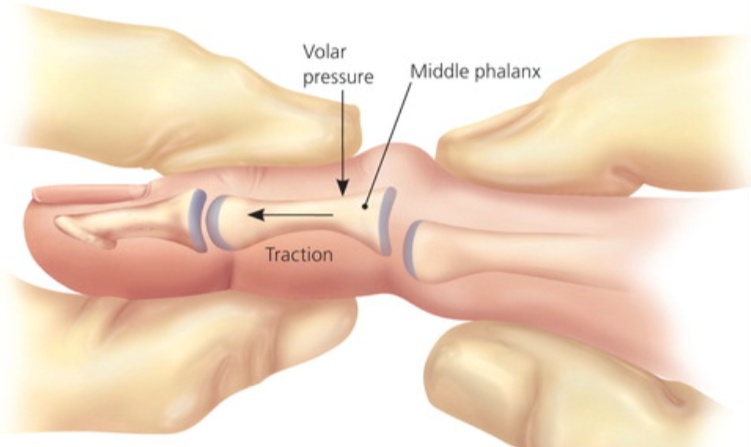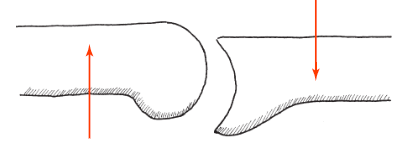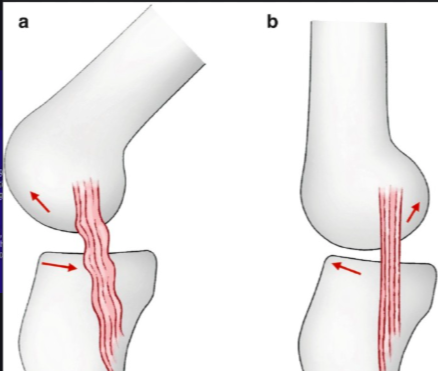Kines: HW: Arthrokinematics vs Osteokinematics Joints, Levers, Laws of Motion
1/9
There's no tags or description
Looks like no tags are added yet.
Name | Mastery | Learn | Test | Matching | Spaced |
|---|
No study sessions yet.
10 Terms
Elbow Joint:
The ulna of the elbow is concave and the humeral condyle is convex.
a) When the humerus is stable, and the ulna moves, the articular surface of the ulna will go in the same direction of the ulna itself.
b) When the ulna is stabilized, the humeral condyles will articulate in the opposite direction of the humerus.
Knee Joint:
The articular surface of the femur is convex and the tibial plateau is concave.
a) When the femur is stable, the articular surface of the tibia will move in the same direction of the tibia itself.
b) When the tibia is stable, the articular surface of the femur will move in the opposite direction of the femur itself.
Glenohumeral Joint:
The articular surface of the humerus is convex and the surface of the glenoid fossa is concave.
a) When the scapula is stable, the articular surface of the humeral head will move in the opposite direction.
b) When the humerus is stabilized, the articular surface of the glenoid fossa will move in the same direction of the scapula itself.
concave-convex rule
If a concave surface moves on a convex surface → roll and glide occur in the same direction.
If a convex surface moves on a concave surface → roll and glide occur in opposite directions.

Traction/distraction
Joint surfaces are pulled apart

Shear force
joint surfaces are parallel and in opposite direction of each other

Approximation/compression force
Joint surfaces are pushed closed together

Open-packed position
Incongruent joint surfaces
Closed-pack position
Congruent joint surfaces

Degrees of Freedom (DOF)
= How Many Ways a Joint Moves
✅ One DOF (1 movement direction, 1 axis)
Joints:
Elbow (Hinge) → Bends & straightens
Radioulnar (Pivot) → Rotates (supination/pronation)
✅ Two DOF (2 movement directions, 2 axes)
Joints:
Wrist (Condyloid) → Bends & straightens + side to side
Thumb CMC (Saddle) → Moves forward/back + side to side
✅ Three DOF (3 movement directions, 3 axes)
Joints:
Shoulder (Ball-and-socket) → Moves in all directions
Hip (Ball-and-socket) → Moves in all directions